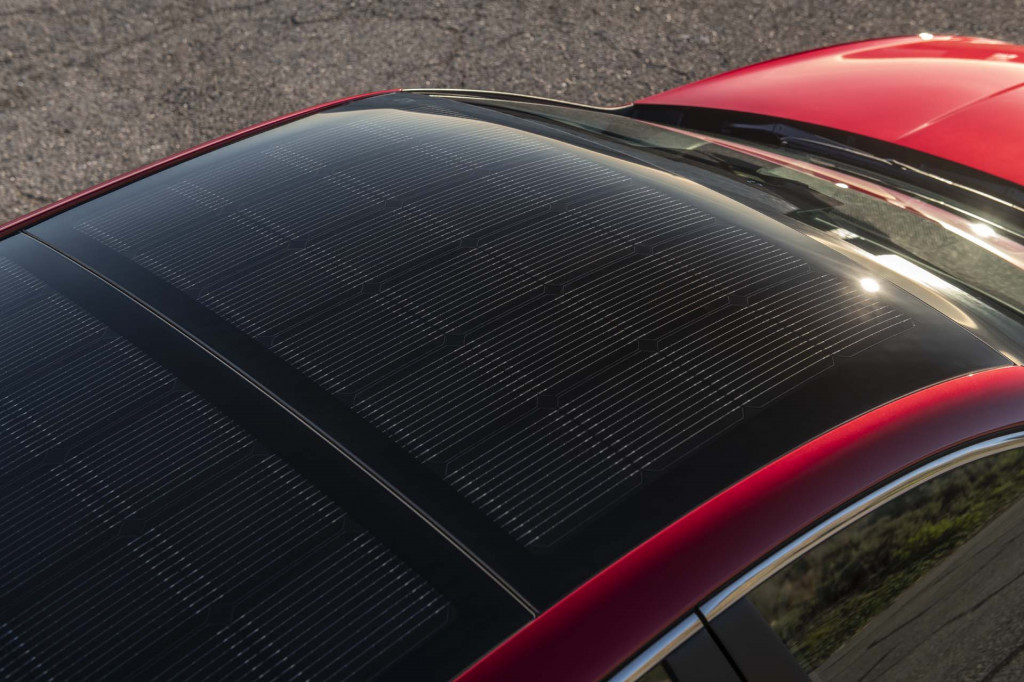Solar cells produce electricity without carbon emissions, but the low efficiency numbers leave a lot of room for improvement. New research suggests a possible way to boost that—possibly without a radical rethink or the introduction of rare, expensive materials.
Researchers in St. Petersburg, Russia, have created a prototype solar cell using gallium phosphide and nitrogen that could nearly double current efficiency rates, according to IEEE Spectrum.
The new cell design could achieve 45% efficiency, a major increase from current silicon cells, which generally achieve less than 20% efficiency, according to the report.
"Silicon is a very cheap material, and it's well developed, but it's not highly efficient," Ivan Mukhin, a research at ITMO University and a lab director at St. Petersburg Academic University, told IEEE Spectrum.
The prototype cell is just one square centimeter in size. Typical solar cells are 16 square centimeters, and dozens are used in a single solar panel.
Researchers started with a silicon substrate, and then grew a layer of pale orange gallium phosphide on top of it, according to IEEE Spectrum. Gallium phosphide integrates well with silicon, but is not very good at trapping light, the report noted. But adding a layer of nitrogen reportedly solved that problem.
The cell's single photoactive layer showed an efficiency of 2%, but researchers are working to add multiple layers, creating a so-called "multi-junction" cell that can absorb different wavelengths of incoming sunlight, according to IEEE Spectrum.
Separately, researchers in Australia and China are working on multi-junction cells using a combination of silicon and perovskite, IEEE Spectrum noted.

2020 Hyundai Sonata Hybrid
Mukhin told IEEE Spectrum that cost is still an issue for the gallium phosphide and nitrogen cell design. He said one way to lower costs could be to combine the new cells with "concentrated" solar power technologies, which use mirrors or lenses to focus a large amount of sunlight on a receiver.
As with all research, promising results in the lab may not lead to a commercially-viable product. But more-efficient solar cells could have a major impact on the auto industry. Generating electricity with solar panels can reduce the overall carbon emissions of electric cars that plug into the grid to charge.
Some automakers also offer solar roof panels that provide a supplementary source of electricity. Startups Sono Motors and Lightyear plan to launch electric cars intended to be powered primarily (for short-distance driving, in some conditions) by solar panels—but with backup battery packs as well.
The Karma Revero plug-in hybrid is available with a solar roof, and that will also be an option on the all-electric Fisker Ocean when it launches in 2021. Note that both the Revero and Ocean were designed by Henrik Fisker. The Revero was originally launched as the Fisker Karma under Henrik Fisker's first car company. It's been extensively modified since then.
A more mainstream application of solar technology is the upcoming 2020 Hyundai Sonata Hybrid. Hyundai claims the midsize sedan's solar roof could add a 60% charge to the 1.56-kilowatt-hour battery pack over a full day of sunshine.
